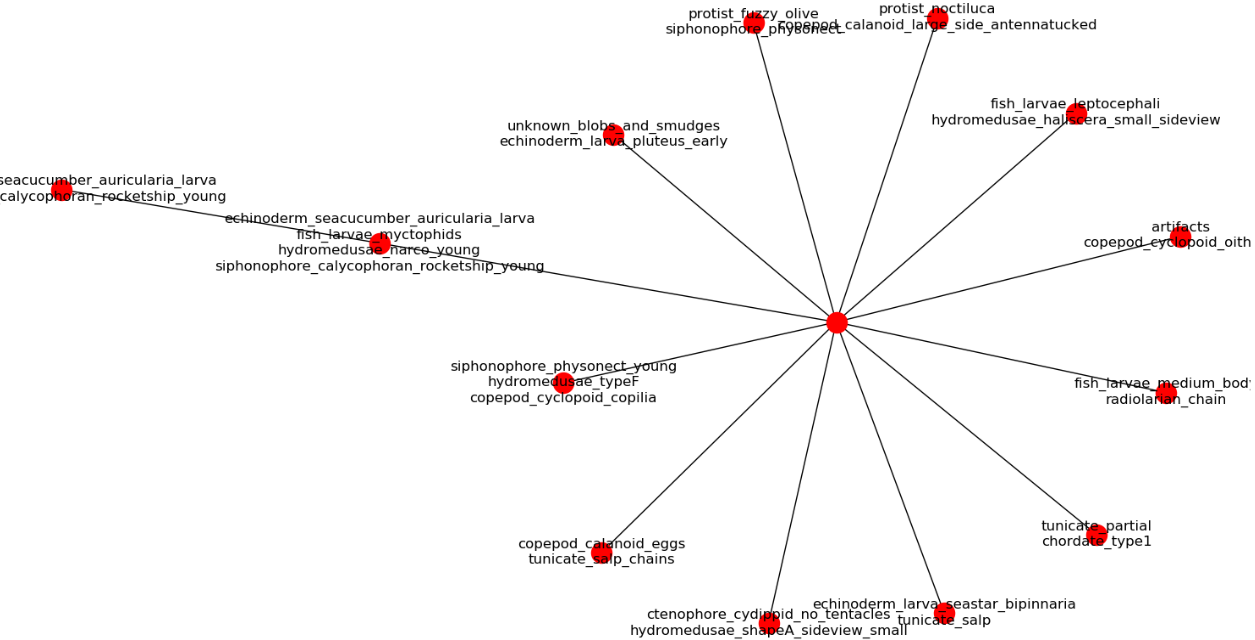Section: New Results
Automatic zooplankton classification using hierarchical approaches
Participants : Eric Debreuve, Baptiste Pouthier.
This work is made in collaboration with Frédéric Precioso (I3S) and Jean-Olivier Irisson (Laboratoire d'Océanographie de Villefranche-sur-mer).
In marine ecology routine, zooplankton organisms are imaged using a single camera system. With the purpose of building an automatic classifier of plankton images, databases of annotated images are built. For each species, such databases contain a set of images of similar organisms, but seen under different point of views, i.e., having potentially very different appearances. Hence, learning an automatic classifier for zooplankton from such databases is difficult. In consequence, feeding the learning process with as much information as possible is essential. One piece of information we have access to is a taxonomic structure (hence hierarchical structure) of zooplankton species established by environmental biologists (see Fig. 12). Therefore, we have explored (and we continue to explore) different strategies to use such a hierarchy in the learning process, from the straightforward one consisting of learning a coarse-to-fine tree of independent convolutional neural networks (CNNs) to using neural network architectures explicitly accounting for hierarchical constraints.



